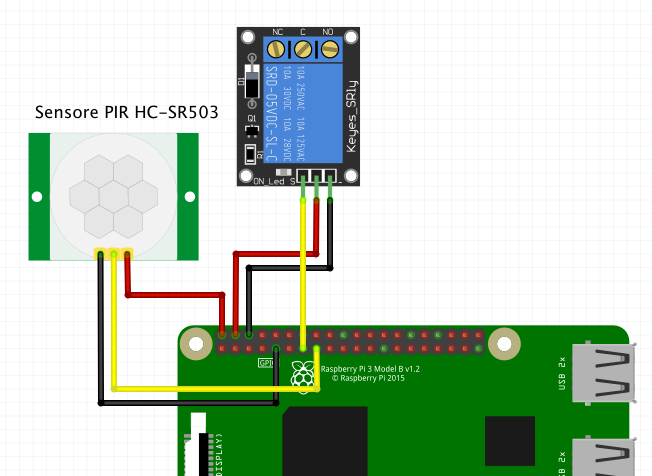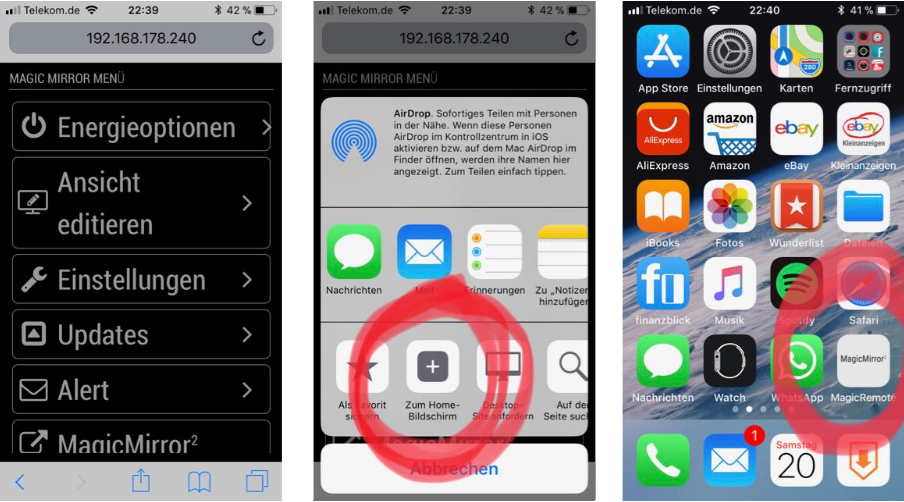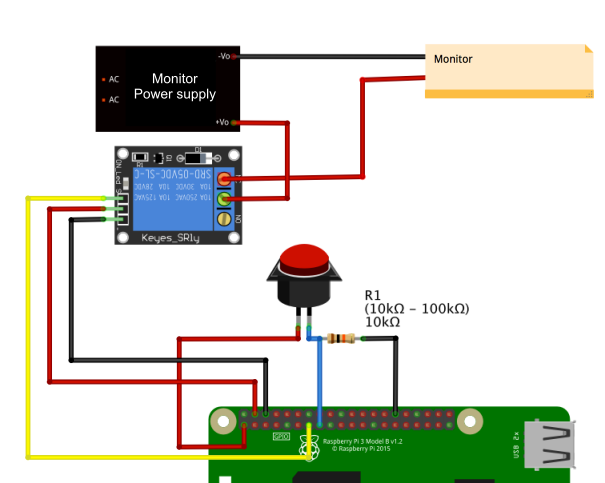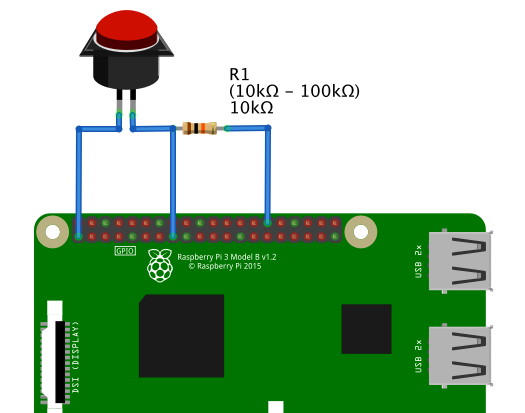Read the statement by Michael Teeuw here.
{HowTo} turn on/off your monitor (Time based, PIR/Button, App)
-
@cruunnerr @Maros
Thanks to you guys I finally got it working although for me I needed to use crontab -e because if I edit the ect/ file it doenst work. Also I had to make the two changes @Maros had to make. I changed the pkill to kill and removed the /usr directory. I wish I understood more of what I was doing but it works now. Next question
I would also like to remove a specific module that I have called mmm facial recognition during certain hours. Would this be possible? -
@cruunnerr Hey there buddy i know everyone is busy with the holidays coming up and i don’t want to bother you much but in regard to my predicament 2 posts above do you think if i add a cron job to restart the pi at the time i want the screen to be on will be a solution?? And how would i go about adding a restart as a cron job everyday in the morning at 7:30 am for example?/
Thank you
D -
Hey dude,
sorry for not answering, but i am only rarely here :(
First i would try to edit the config file:
sudo nano /boot/config.txttry to uncomment “hdmi_force_hotplug=1” and try to uncomment “config_hdmi_boost=4”
maybe play around with some other settings.
https://www.raspberrypi.org/documentation/configuration/config-txt/video.mdRebooting the pi once a day is not the best solution :/
But however, if necessary:
http://www.simsalabim-solutions.net/vademecum/raspberry_pi/setting_up_reboot_cron_job_on_pi -
@cruunnerr Thanks for the reply, apreciate it. I now have a 5050 LED strip wired up with the mosfets.
working with the pir script (removed the module as you advised others)what method did you use to run pigpiod deamon on startup. i added this in my crontab, guess that will do unless theres a better way.
@reboot /usr/local/bin/pigpiod -
If u followed the guide i posted, your PIGPIOD installation path should be “/usr/local/bin/pigpiod”
For autostart when booting u must edit the rc.local. Mine is like this:
pi@MagicMirror:~ $ cat /etc/rc.local #!/bin/sh -e # # rc.local # # This script is executed at the end of each multiuser runlevel. # Make sure that the script will "exit 0" on success or any other # value on error. # # In order to enable or disable this script just change the execution # bits. # # By default this script does nothing. # Print the IP address _IP=$(hostname -I) || true if [ "$_IP" ]; then printf "My IP address is %s\n" "$_IP" fi iwconfig wlan0 power off & sleep 5 & /usr/local/bin/pigpiod sleep 10 & /usr/bin/python /home/pi/pir.py & exit 0So enter this via ssh:
sudo nano /etc/rc.localand just put this into the file:
/usr/local/bin/pigpiod -
-
@richland007 This wont be helpful but I will say I had a similar problem a few months back but now it works. Must be some configuration that changed in the mean time on my pi but I dont know what.
-
Hello there,
I’m currently planning my project and will integrate PIR sensor + related 2.1 method through HDMI.There is one thing confusing me :
- we talk about HDMI CEC in method 2.1
- nevertheless, it seems the PIR Sensor module is “only” turning HDMI output off and that is triggering "issues such as “powersaving / no input”.
But is HDMI CEC not allowing us to send a “turn screen off” command to the monitor instead of disabling the rasp. HDMIoutput and relying / hoping on the monitor’s behaviour?
Sorry once more if I mssed the point, but would like to understand before moving forward.
Regards
-
@bolish said in {HowTo} turn on/off your monitor (Time based, PIR/Button, App):
But is HDMI CEC not allowing us to send a “turn screen off” command to the monitor instead of disabling the rasp. HDMIoutput and relying / hoping on the monitor’s behaviour?
as I understand it, not many monitors/tv’s provide support for external power off/on commands…
none of my TV’s used for MM support this…
-
@sdetweil Maybe you’re right! I didn’t considered that.
But seems possible, correct? By changing the actual commands to the ones defined by the libcec librairy?





